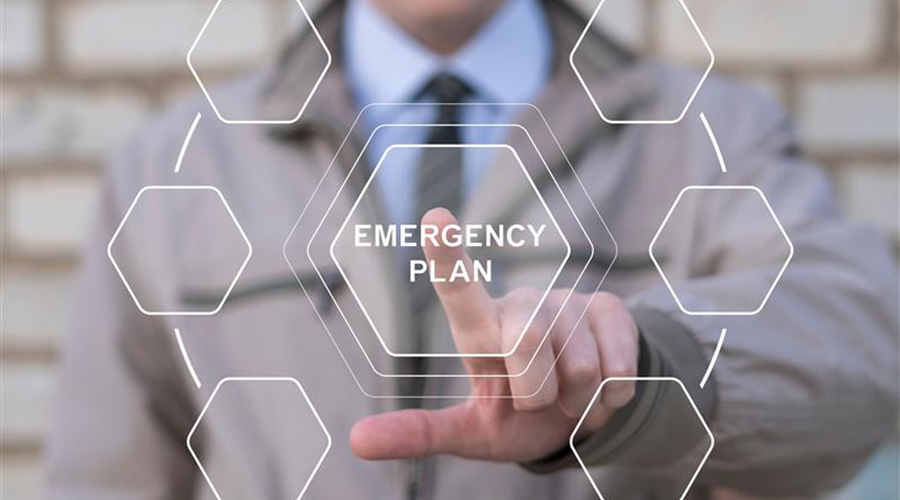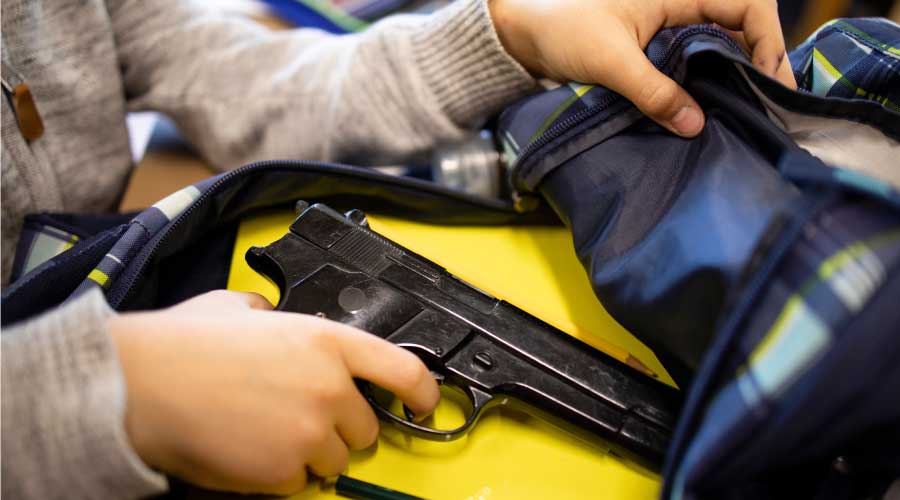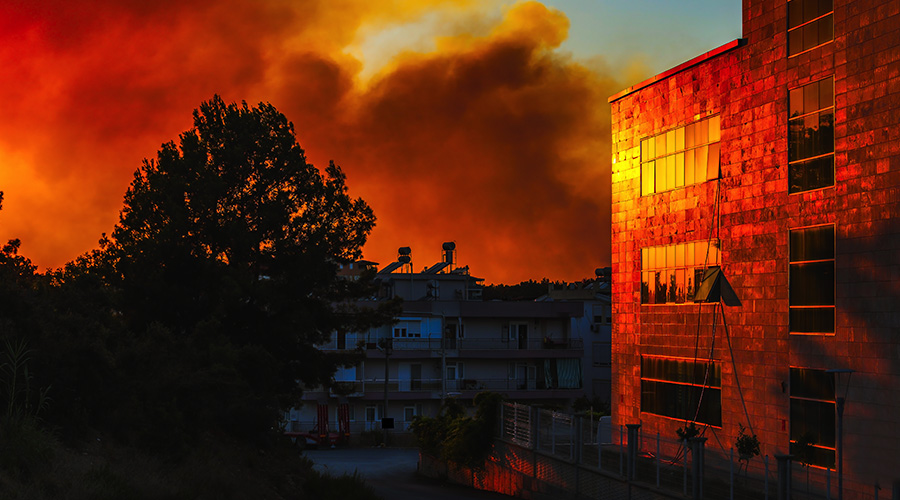K-12 School Districts and Universities Emphasize Disaster Planning
While mass shootings capture most of the attention, managers also must prepare for threats like pandemics and weather disasters.
Open any newspaper or read any news site, and you're likely to see information pertaining to safety issues in K-12 schools, universities and colleges.
From school shootings to infection outbreaks to workplace violence, maintenance and engineering managers at educational facilities are faced with myriad safety challenges each day. What safety incidents should facility managers focus on, and what are the best ways to establish and implement solid safety plans?
Biggest concerns
Active shooting events create the biggest headlines, but education facilities are sites of many other deadly incidents.
“While many people are focused heavily on the very real but statistically very rare active assailant events, they are actually among the rarest causes of death in the campus setting,” says Michael Dorn, executive director of Safe Havens International. “For example, 9 percent of people murdered on U.S. K-12 school campuses are killed by active shooters, and fatalities from violence are less common than fatalities from medical emergencies in general, such as fatalities during athletic classes, practices and athletic events and fatalities from vehicle accidents in school parking lots and driveways.”
Dorn and his team recommend that the all-hazards approach to prevention and preparedness based on a comprehensive school safety, security, climate, culture and emergency preparedness assessment be used to determine actual risk levels and the way managers can use limited resources to address them.
For example, Safe Havens International recently assessed all the Boston area Jewish schools.Their risk profiles were very different from those found when they assessed 254 facilities for the Broward County Public School System in Florida after a mass casualty shooting in February 2018.
“Our recommendations for these very different organizations were different and reflected the types of risk each had,” Dorn says.
Within two years of Safe Havens’ assessment of the schools for Combined Jewish Philanthropies (CJP) of Boston, a terrorist armed with a knife and a handgun attempted to enter the school and synagogue building.
“We had worked with the rabbi and the CJP security director to address a concern the rabbi had about a particular door that he felt could be exploited by an attacker,” Dorn says. “As a result of the upgrade and the incredible reaction of the rabbi for the synagogue, the attacker was not able to gain entrance to the facility and carry out the attack.”
In the assessment for Broward County Schools, the school board immediately adopted a major upgrade voting to devote over $3 million annually to develop an enterprise risk management department to provide coordination, oversight and operations for the more than 1,000 unarmed security personnel employed by the district.
“The district also avoided wasting hundreds of millions of dollars in upgrades that they had been urged to implement that would have been ineffective and, in some cases, would even have been dangerous,” Dorn says. “These examples show why a comprehensive assessment should be performed before major upgrades are implemented.”
Safety plan requirements
Managers in education facilities face significant safety issues due to the diverse threats these environments must prepare for, including shootings, extreme weather events and workplace violence.
“Each threat type demands unique preparations, with school shootings necessitating lockdown capabilities, extreme weather requiring structural and equipment resilience, and workplace violence calling for enhanced situational awareness and training,” says Jason Russell, founder and president of Secure Environment Consultants. “The increasing presence of infection outbreaks also adds a layer of complexity as teams must ensure facilities are sanitized and well-ventilated to prevent disease spread.”
School safety planning has evolved substantially, with an emphasis on proactive rather than reactive measures. Russell says teams now need to deploy a wider range potential solutions, including cybersecurity, automated lockdown systems and artificial intelligence-based detection tools.
Russell says a robust safety plan must address:
- emergency communication methods and access to rapid alert systems
- clear procedures for evacuations and sheltering in place
- regular training for staff and students
- site assessments that prioritize security features, including lockdown capabilities and access control
- infection control protocols, especially for high-contact areas, and air quality measures
- well-defined roles for maintenance and engineering teams in emergency response, ensuring they are prepared for crises.
Dorn says school safety planning has been hampered by inaccurate perceptions and media coverage.
“We find that K-12 school organizations have often reacted out of fear to the point that plans are overly focused on active assailant events,” Dorn says. “Sadly, we have seen multiple cases where this has actually resulted in increased casualties and some of the largest school security litigation to date in the U.S.”
Approaches like Run, Hide, Fight and commercial variants have increased casualties in five of the mass casualty school shootings Dorn has evaluated.
“More than $130 million has been paid in out-of-court settlements by school districts and law enforcement agencies due to the more than 50 victims who were shot in these five incidents,” Dorn says.
Maura Keller is a freelance writer based in Plymouth, Minnesota.
Related Topics:













